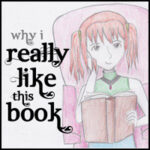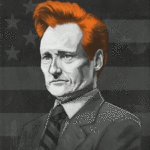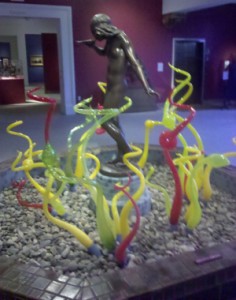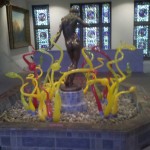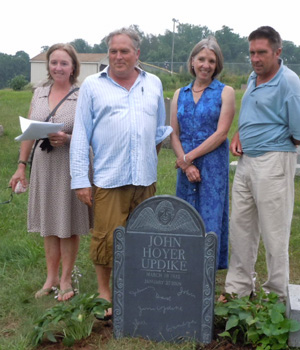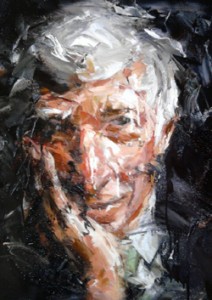 Doug Brendel, who writes “The Outsidah,” a humor column about Ipswich for the local Ipswich Chronicle, has compiled another collection of his cartoon-illustrated columns in “an annual book of absolutely no interest to anyone outside of Ipswich.”
Doug Brendel, who writes “The Outsidah,” a humor column about Ipswich for the local Ipswich Chronicle, has compiled another collection of his cartoon-illustrated columns in “an annual book of absolutely no interest to anyone outside of Ipswich.”
But the foreword to Only in Ipswich 2013 is a tribute to John Updike, and he thought that might interest Society members.
Here it is, compliments of the author:
For those who would like to buy a copy of the book, here’s the Amazon link.
And for the curious, here is a link to Brendel’s website.


